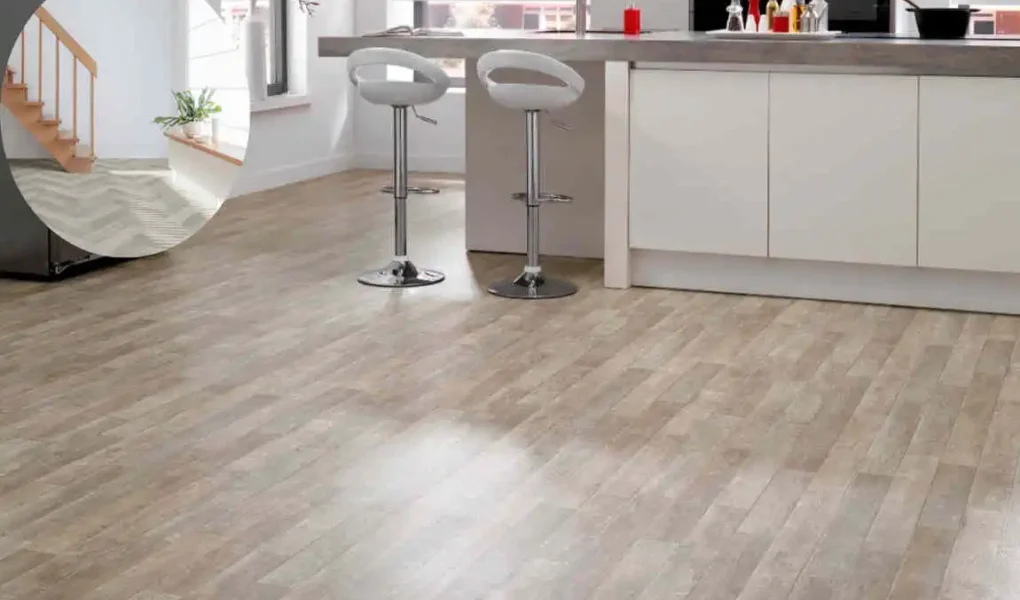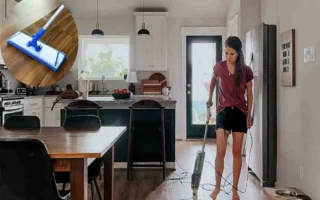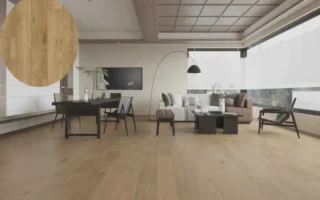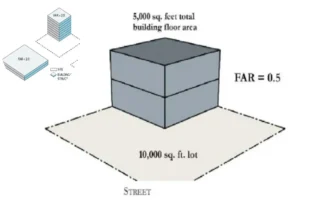Cushioned vinyl flooring is a type of vinyl flooring that includes a soft, foam-like layer beneath the durable vinyl surface, providing a comfortable and supportive feel underfoot. This cushioning makes it ideal for areas where comfort is essential, such as kitchens, laundry rooms, bedrooms, and playrooms. It combines the benefits of water resistance, easy maintenance, and softness, making it a popular and practical choice for many home flooring.
Benefits of Cushioned Vinyl Flooring
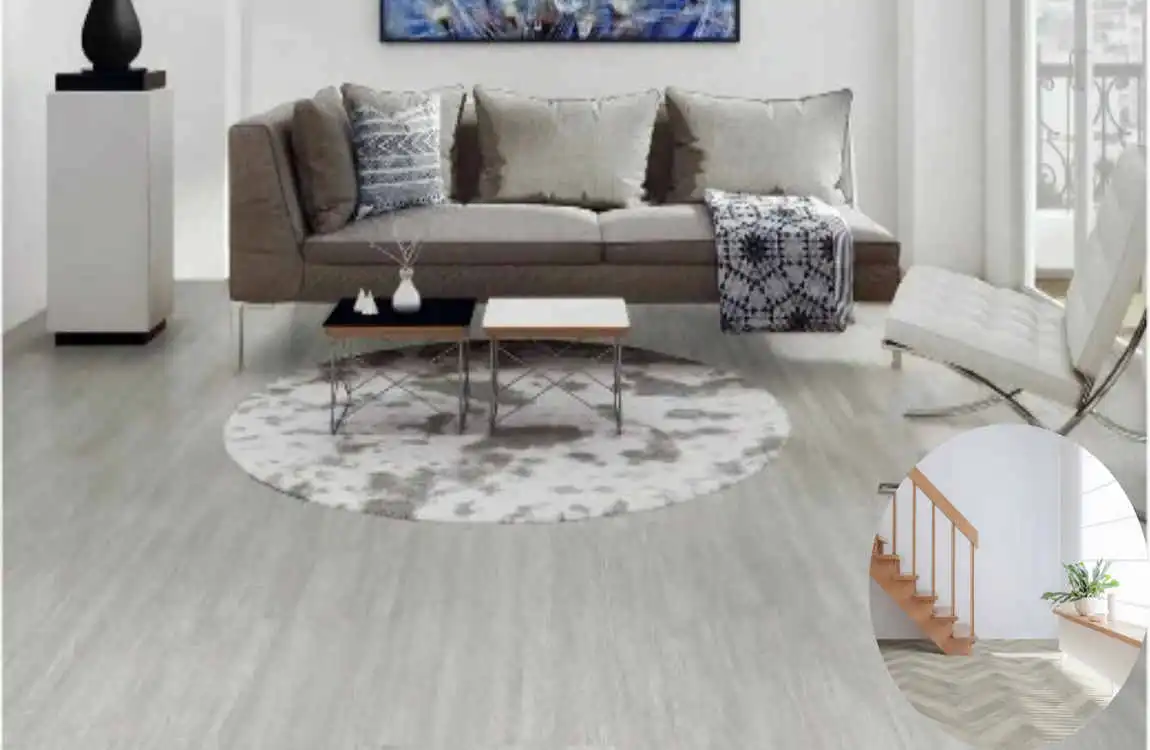
Cushioned vinyl flooring offers a blend of comfort and functionality that many homeowners appreciate. Its soft underfoot feel makes it an ideal choice for areas where you stand for extended periods, like kitchens or playrooms.
The shock absorption properties also reduce fatigue on your legs and feet, making daily tasks more enjoyable.
This flooring option is not only comfortable but also versatile in design. Available in various styles, colors, and patterns, cushioned vinyl can complement any home decor.
Durability is another significant benefit. It resists scratches and dents better than many other flooring types, ensuring it looks great even with heavy foot traffic.
With easy installation methods available, transforming your space has never been simpler.
Types of Cushioned Vinyl Flooring
Cushioned vinyl flooring comes in several types, each offering unique benefits to suit various needs.
First, there’s the sheet vinyl. This option is a continuous roll that covers large areas seamlessly. It’s ideal for moisture-prone spaces like kitchens and bathrooms due to its water-resistant properties.
Luxury vinyl tiles (LVT) offer a more sophisticated look. They mimic natural materials such as wood or stone while providing the comfort of cushioning underneath. LVT is also highly durable and resistant to scratches.
Another popular choice is luxury vinyl plank (LVP). Explicitly designed to resemble hardwood planks, it combines style with practicality. Its click-lock installation makes it user-friendly for DIY enthusiasts.
Peel-and-stick vinyl offers an easy installation method without glue or nails needed. This type is perfect for renters or those looking for a quick upgrade without a long-term commitment. Each type caters to different aesthetics and practical requirements in your home design journey.
You may also read (unlocking tax savings home security system deductions explained).
How to Install Cushioned Vinyl Flooring
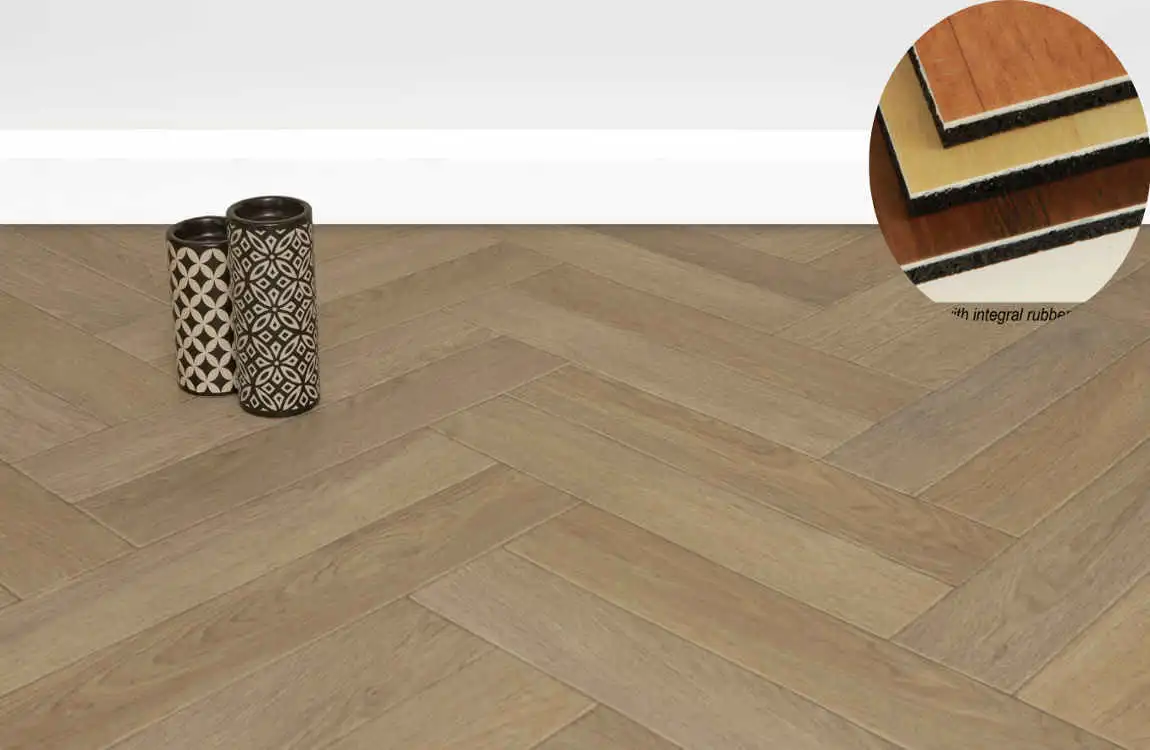
Installing cushioned vinyl flooring is a straightforward process that can transform your space.
Begin by preparing the subfloor. Ensure it’s clean, dry, and level to avoid complications later. Remove any old flooring if necessary.
Next, measure your room carefully. This will help you determine how much vinyl you’ll need. Cut the vinyl sheets or planks accordingly while leaving a little extra around the edges for expansion.
Roll out the adhesive if you’re using glue-down vinyl. For click-lock options, align and snap them together as per the manufacturer’s instructions.
Once laid down, use a roller to press down on the surface gently. This ensures proper adhesion and helps eliminate air bubbles beneath the floor.
Trim excess material at walls or corners with a utility knife for a polished look. Allow time for everything to set before moving furniture back in place.
Maintenance and Cleaning Tips for Cushioned Vinyl Flooring
Cushioned vinyl home flooring is designed for easy upkeep, but a few simple tips can extend its lifespan. Start by sweeping or vacuuming regularly to remove dirt and debris. This helps prevent scratches and keeps your floors looking fresh.
For deeper cleaning, use a damp mop with a mild detergent. Avoid harsh chemicals as they can damage the surface over time. It’s best to stick with pH-balanced cleaners formulated explicitly for vinyl.
If you notice stains, address them promptly using a soft cloth and the appropriate cleaner—blot rather than scrub to avoid scratching the finish.
Place doormats at entry points to minimize dirt tracked indoors. By following these steps, you can maintain the beauty of cushioned vinyl flooring while ensuring it stays comfortable underfoot for years to come.
Comparing Cushioned Vinyl Flooring with Other Flooring Options
Cushioned vinyl flooring stands out when compared to hardwood, tile, and laminate options. Its softness makes it a favorite for homes with children or pets. Walking on cushioned vinyl feels different; the extra padding absorbs impact and reduces fatigue.
While hardwood offers classic beauty, it lacks the comfort of cushioned vinyl. Hardwood can also be prone to scratches and requires more maintenance over time.
Tile is durable but often cold underfoot—especially in winter months. Cushioned vinyl provides warmth, making spaces cozier without sacrificing style.
Laminate might mimic wood’s appearance, but generally doesn’t offer the same level of cushioning or sound dampening as cushioned vinyl does. This difference significantly impacts how rooms feel during daily activities.
In terms of cost, cushioned vinyl typically offers a lower price point than many alternatives while delivering exceptional value in both aesthetics and comfort.
You may also read (how to decide if flooring should match throughout your home).

